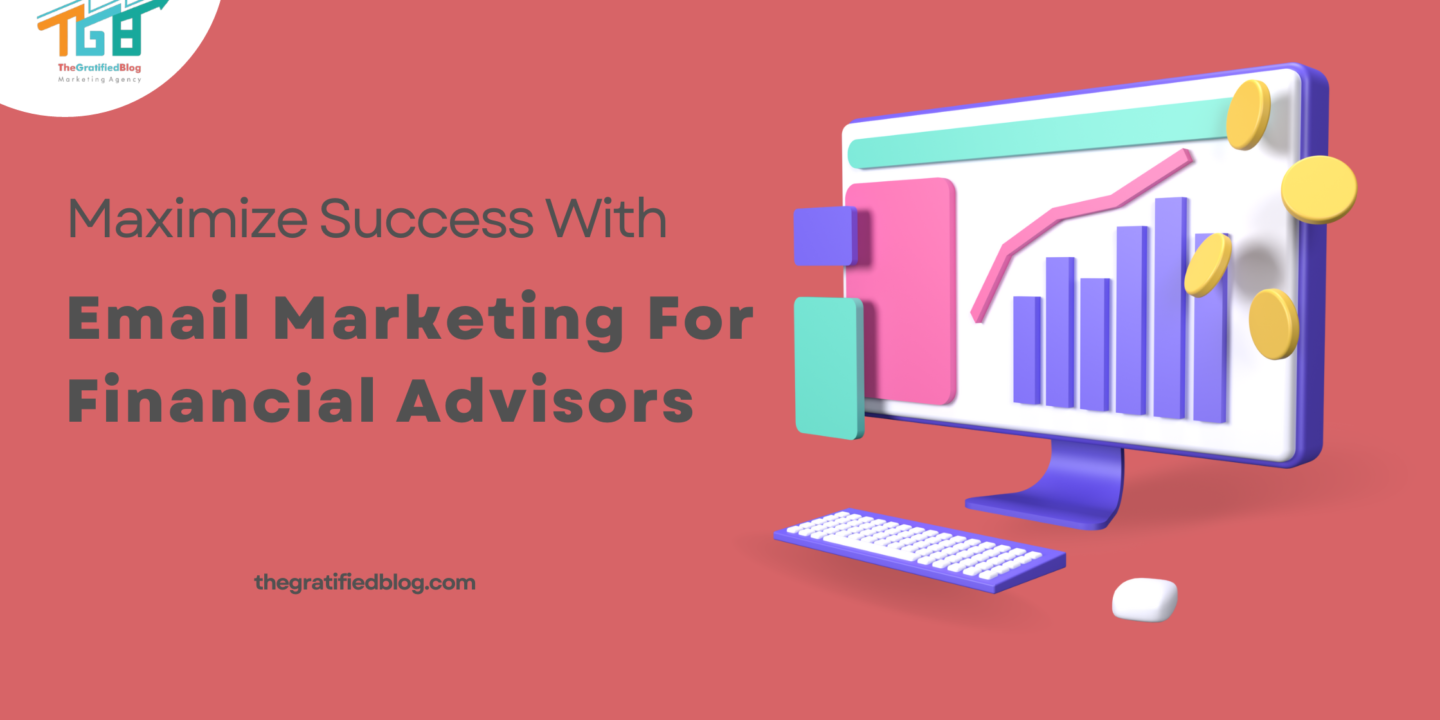
In today’s fast-paced digital landscape, where every click and connection counts, email marketing stands as a beacon of opportunity, especially for professionals in the financial advisory sector. Explore our in-depth manual on “Email Marketing for Financial Advisors.” In financial planning, wealth management, and investment strategies, reaching potential clients, nurturing existing relationships, and maintaining a competitive edge is paramount.
In this blog, we’ll explore several key aspects, including an overview of Email Marketing for Financial Advisors, the Benefits of Email Marketing in this context, a detailed guide for Getting Started with Email Marketing for Financial Advisors, a look at some Top Email Marketing Services tailored for financial professionals, and a concluding section to tie it all together.
Join us as we explore how email marketing can become a game-changer for your financial advisory business.
What Is Email Marketing For Financial Advisors?
Email marketing for financial advisors is a strategic digital marketing approach tailored to professionals’ unique needs and goals, providing financial planning, investment advice, and related services.
This specialized form of email marketing focuses on building and nurturing client relationships, disseminating relevant financial information, and promoting the services and expertise of financial advisory firms.
The Advantages Of Email Marketing For Financial Advisors
Email marketing offers a multitude of advantages for financial advisors. Here are a few of them:
- Cost-Effective Communication: Email marketing is a cost-effective way to reach a large audience. It eliminates the need for expensive print materials and postage, making it an ideal choice for financial advisors looking to maximize their marketing budget.
- Targeted Audience Engagement: Email allows for precise audience segmentation. Financial advisors can send tailored messages to specific client segments based on age, income, investment preferences, and financial goals. This targeted approach ensures recipients receive content relevant to their needs and interests.
- Personalization and Relationship Building: Email marketing lets financial advisors personalize their communications. By addressing clients by name and providing customized content and recommendations, advisors can strengthen client-advisor relationships, fostering trust and loyalty over time.
- Timely Information Dissemination: Staying up-to-date is crucial in the fast-paced financial world. Email marketing allows financial advisors to deliver real-time market insights, investment updates, and timely advice to clients, helping them make informed decisions promptly.
- Measurable Results: Email marketing provides robust analytics tools that allow financial advisors to track the performance of their campaigns. Metrics like open rates, click-through rates, and conversion rates offer valuable insights into the effectiveness of each email, enabling advisors to refine their strategies for better results.
- Compliance and Documentation: For the financial industry, compliance is paramount. Email marketing platforms offer features to ensure that messages meet regulatory requirements. Advisors can easily document email communications, helping them maintain compliance records and demonstrate adherence to industry standards.
- Lead Generation and Nurturing: Email marketing is a powerful tool for lead generation. Financial advisors can capture leads through sign-up forms on their websites and nurture these leads through automated drip campaigns. This process helps convert prospects into clients over time.
- Cost-Efficient Client Retention: Retaining existing clients is often more cost-effective than acquiring new ones. Email marketing can help financial advisors stay in regular contact with current clients, providing ongoing value and reinforcing their commitment to the client’s economic success.
(Also read: What are the key strategies for effective social media marketing for financial advisors?)
Now that we’ve covered what email marketing for financial advisors entails and its advantages, let’s dive into the essential steps required to formulate an effective email marketing strategy tailored to the needs of financial advisors.
A Comprehensive Guide To Initiating Email Marketing For Financial Advisors
Now, let’s explore a comprehensive guide to kickstart your email marketing journey as a financial advisor, dividing it into three distinct parts:
Part 1: Establishing A Strong Foundation And Growing Your Email List
Step 1: Building a Solid Foundation
Before initiating your journey into email marketing, as a financial advisor, it’s crucial to establish a strong foundation:
- Define Your Goals: Clearly outline your objectives. Are you looking to nurture existing client relationships, generate leads, or promote specific financial services?
- Choose the Right Email Marketing Platform: Select a reliable one that aligns with your needs. Popular options include Mailchimp, Constant Contact, or HubSpot.
- Compliance and Regulations: Familiarize yourself with industry regulations, such as those set by FINRA and SEC in the United States, and ensure your email marketing practices comply.
Step 2: Growing Your Email List
Now that you’ve established a strong foundation, you must recognize that a strong email list forms the core of your email marketing efforts. Let’s explore how you can construct and sustain this vital asset:
- Capture Leads on Your Website: Incorporate sign-up forms on your website, offering valuable resources like financial guides, webinars, or newsletters in exchange for email subscriptions.
(Also read: “A comprehensive guide on “How to write a newsletter?”)
- Leverage Social Media: Promote your email sign-up across your social media profiles to broaden your outreach to a broader audience.
- Host Webinars and Events: Use webinars and events to collect email addresses while providing educational content.
- Referral Programs: Encourage clients to refer friends and family by offering incentives, thus expanding your email list organically.
Part 2: Creating Compelling Content And Effective Email Design
Step 3: Crafting Engaging Content
Compelling content is the heart of successful email marketing. Tailor your content to engage your audience; here’s how you can do this:
- Educational Content: Share informative articles, market insights, and financial tips relevant to your clients’ interests and needs.
- Personalized Messages: Address recipients by name and segment your list to provide content specific to their financial situations and goals.
- Storytelling: Share success stories or case studies illustrating how your financial advisory services have positively impacted clients.
Step 4: Designing Effective Emails
Now that you’ve created compelling content, it’s crucial to understand that the design of your emails plays an essential role in influencing their effectiveness; here’s how to design an effective email:
- Mobile Optimization: Guarantee that your emails are compatible with mobile devices, given the prevalence of recipients of handheld technology checking them on their smartphones.
- Clean and Professional Design: Use a clean layout with a professional appearance. Incorporate your branding elements.
- Clear Call-to-Action (CTA): Each email should have a clear CTA, guiding recipients on the desired action, whether scheduling a consultation or downloading a resource.
Part 3: Streamlining Lead Nurturing and Ensuring Compliance
Step 5: Automating and Nurturing Leads
Automation streamlines your email marketing efforts and helps nurture leads:
- Drip Campaigns: Set up automated drip campaigns to send emails over time, gradually educating and engaging leads.
- Segmentation: Divide your email list according to demographics, interests, and other relevant criteria. Send tailored content to each segment.
Step 6: Ensuring Compliance and Monitoring Success
The final step is all about Maintaining compliance and measuring your campaign’s success:
- Compliance: Continuously monitor and ensure compliance with industry regulations and email marketing laws, such as CAN-SPAM and GDPR.
- Analytics: Use email marketing analytics tools to keep a close eye on crucial metrics like open and click-through rates., conversion rates, and other pertinent indicators. Unsubscribe rates.
- A/B Testing: Experiment with different email elements like subject lines, content, and CTAs to optimize your campaigns over time.
By following these six steps, financial advisors can establish a strong email marketing strategy that fosters client relationships, drives engagement, and contributes to the growth and success of their practice. Remember that consistency, relevance, and a client-centric approach are crucial to achieving lasting results in email marketing.
Now that you’re familiar with the steps involved let’s focus on discussing some email marketing service providers.
Top Email Marketing Services For Financial Advisors
There are several email marketing services suitable for financial advisors. Here are five top email marketing services that can be highly effective in this industry:
Mailchimp

Mailchimp is a user-friendly and widely used email marketing platform known for its intuitive drag-and-drop editor and automation features. It offers templates suitable for financial content and provides analytics to track campaign performance.
Constant Contact

Constant Contact is a reputable email marketing solution that offers customizable templates, list segmentation, and automation tools. It provides helpful features for compliance with email marketing regulations, which can be particularly important for financial advisors.
HubSpot

HubSpot presents a comprehensive marketing automation platform equipped with email marketing capabilities. It’s ideal for financial advisors looking for a complete solution that combines email marketing with customer relationship management (CRM) and other marketing tools.
AWeber
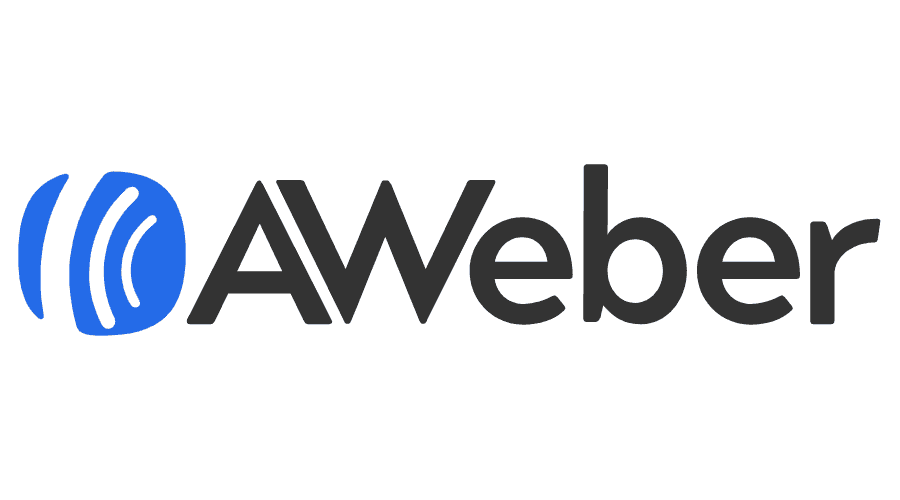
AWeber is known for its ease of use and is well-suited for small to medium-sized financial advisory businesses. It offers customizable templates, autoresponder functionality, and in-depth analytics.
GetResponse
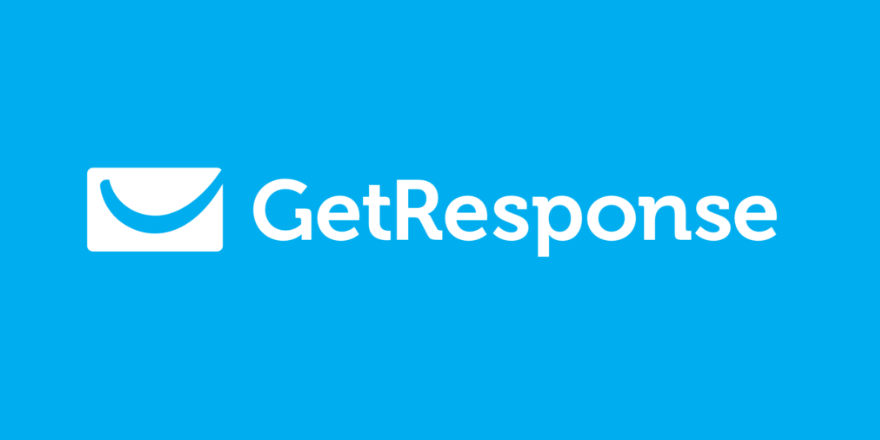
GetResponse is a versatile email marketing platform with features like automation, landing page creation, and webinar hosting. Financial advisors can use it to create sophisticated email marketing campaigns and monitor their performance.
FAQ’s
1. Why is email marketing important for financial advisors?
A. Email marketing helps financial advisors connect with clients, share updates, and build trust through personalized communication.
2. What content should financial advisors include in their emails?
A. Relevant market insights, investment tips, updates on financial regulations, and personalized messages to address client needs.
3. How often should financial advisors send emails to clients?
A. Find a balance; regular communication is critical, but avoid overwhelming clients. Monthly or quarterly newsletters work well for most advisors.
Conclusion
Now that you’ve gained comprehensive insights into email marketing for financial advisors, there’s no need to delay. Begin implementing these strategies and witness how they have the potential to propel your business to unprecedented levels of growth.
If you still have any inquiries, kindly post them in the comments section. We will be happy to answer you.
Thanks for reading 🙂


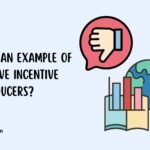

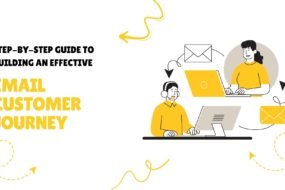


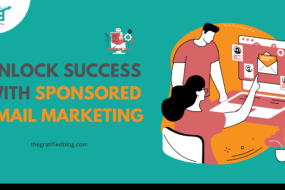
No Comments